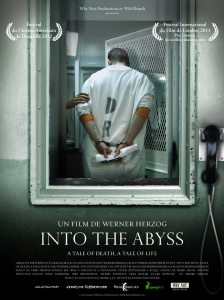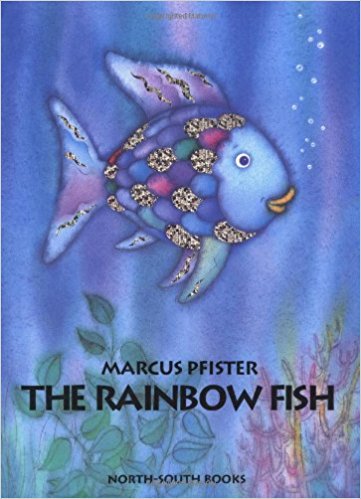Part of my New Year’s Day was spent on the floor of my basement while seven-year-old G scrunched down behind the sofa manipulating his stuffed animals to perform Charles Dickens’ A Christmas Carol. This season we have all been exposed to heavy doses of the redemptive ghost story. My family and I have watched three or four versions, including our favorite, the 2009 Disney one with Jim Carrey. We visited our local theater downtown with some friends and enjoyed a live performance. And probably most memorably we pulled out colored pencils and drawing paper while Patrick Stewart dramatically read to us the story on Audible. Thank you, Mr. Stewart! Do you remember when we were right behind you in the Starbucks line this summer in New York? At the one in Park Slope?
We began our immersion into Scrooge’s Christmas transformation in late November or early December, but it wasn’t until New Year’s Day when G invited me to our basement for his impromptu theater that I realized how much he had been internalizing the language, the story, and the message.
I attribute his burst of creativity to the steady practice of narration.
Narration is simply a retelling. Charlotte Mason, the British educator from the late 1800s to early 1900s, utilized narration in the earliest forms. Children as young as four or five were taught to retell a story, fable, or science lesson. We have practiced this a good bit in our home.
Although not in a strict Charlotte Mason manner, G has grown accustomed to hearing a story, then relating it back to me. This youngest and most verbose child of mine was not only an early reader but an eager listener. I now see the benefits coming to fruition. Even when I lack the patience to hear another story – and, believe me from this guy it happens daily – he reminds me with the words of Susan Wise Bauer, the author of our writing book, “But wait, Mom. I’m just getting to the ‘skeleton of the plot.'”
Narration does not just aid the eventual writing process, but it is writing at its rawest form. Unedited, unrevised in most cases, it allows the teller to recognize and create and verbalize his own thoughts. Never underestimate a child who realizes her ability to communicate.
And so, once it had been decided who of G’s stuffed friends would play Scrooge, and who would be ol’ Fezziwig, I followed him downstairs as he adjusted the basement lighting and, surprisingly, managed a spotlight on “Mr. Monkey” as a lamplighter (never mind the fact that the light was imaginary and the “lighter” was a knitting needle). Thus, began his version of the familiar tale. I admit I was shocked at how well he remembered the story, how easily he moved the plot along. He had memorized large chunks of the dialog. “Bah. Humbug” was there, but so also were more obscure lines like, “Spirit, are they yours?…They are man’s…Beware them both.”
Although he left out chunks of the book and created a couple of extra scenes, they all seemed in the spirit of the novella. My favorite sections were when the stuffed tiger appeared as Jacob Marley sporting several glow stick necklaces as his “ponderous chain.” G’s Scrooge scoffs and amusingly adds to the famous line,
There’s more custard than cuss,
more gravy than grave about you.
Later, as the Ghost of Christmas Present bids a Teddy Bear version of Scrooge from his chambers, the miser looks around and asks, “What is all of this feast?” The Ghost answers, “It is the fruit of generosity. Something you have never shared.” This is a paraphrased line from Mickey’s Christmas Carol.
I applaud. I know this voluntary form of narration will tie the message even closer to his heart.
 Ebenezer Scrooge and Tiny Tim. “Julius” was chosen as Tiny Tim for his size and because he had recently sustained a serious arm injury by the teeth of our six month old puppy. Dad saved the day by stitching him back up, but there remains an obvious scar. G explained, “Just like Tiny Tim has to walk with a crutch, it doesn’t matter if his arm looks different.” God bless us, everyone!
Ebenezer Scrooge and Tiny Tim. “Julius” was chosen as Tiny Tim for his size and because he had recently sustained a serious arm injury by the teeth of our six month old puppy. Dad saved the day by stitching him back up, but there remains an obvious scar. G explained, “Just like Tiny Tim has to walk with a crutch, it doesn’t matter if his arm looks different.” God bless us, everyone!
In the event that my narration of this puppet performance seems too impressive for a seven year old, rest assured, there was plenty of flipping back and forth off the couch, dead pauses while he changed characters, and some hand motions that I only assume were unclear due to the actors’ lack of thumbs. And yet, the meaning was there. He narrated what he remembered and what had stood out to him.
I learned a great deal about his memory that day, but even more about his heart.
Advertisements Share this:




